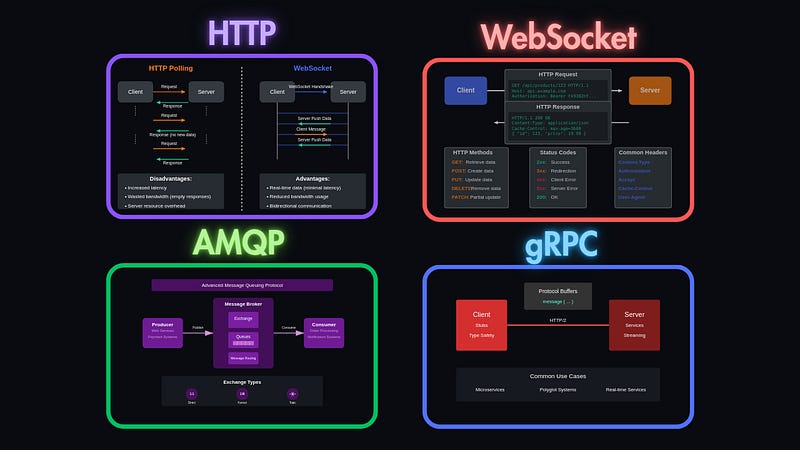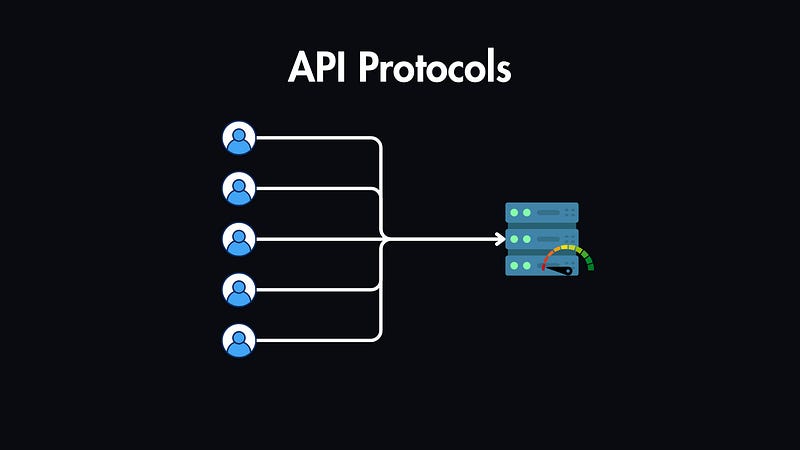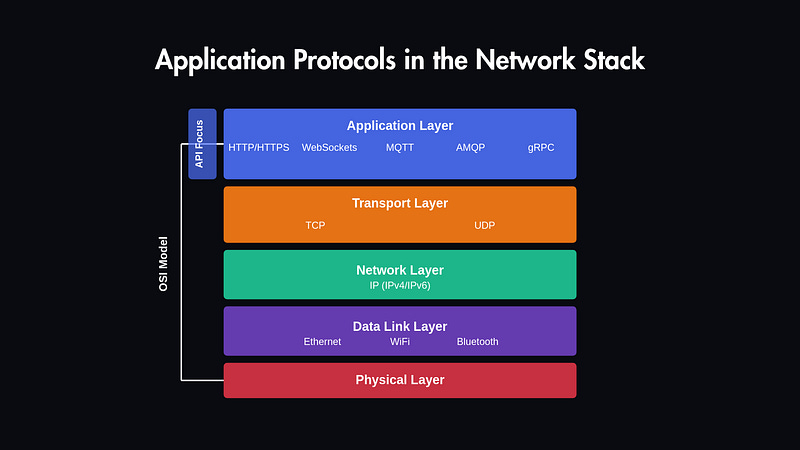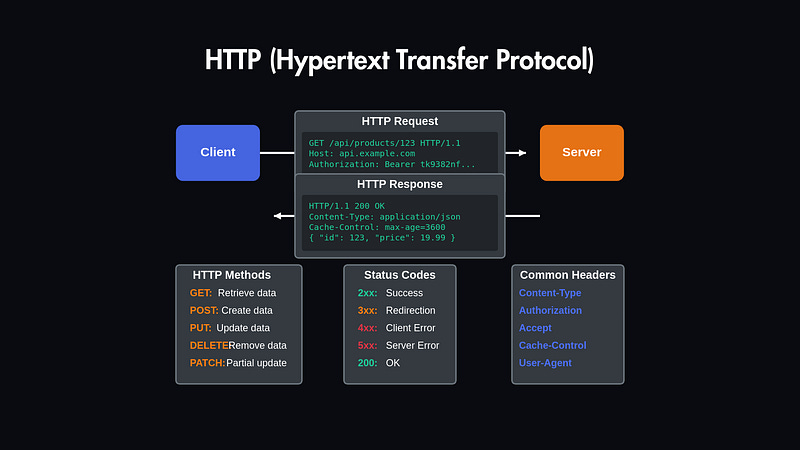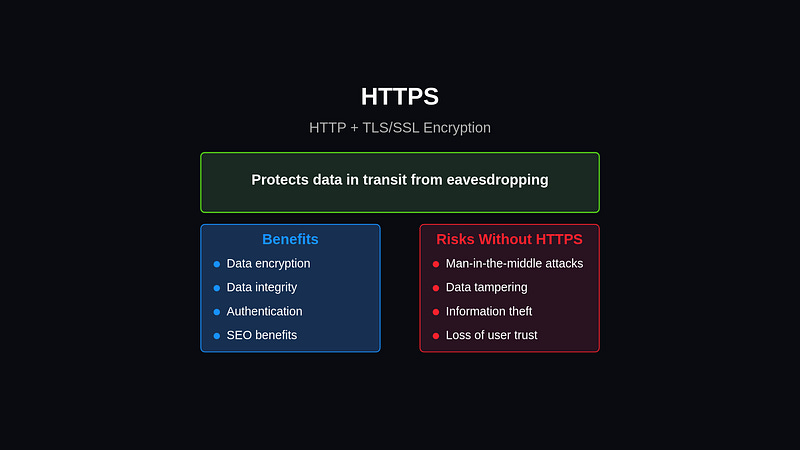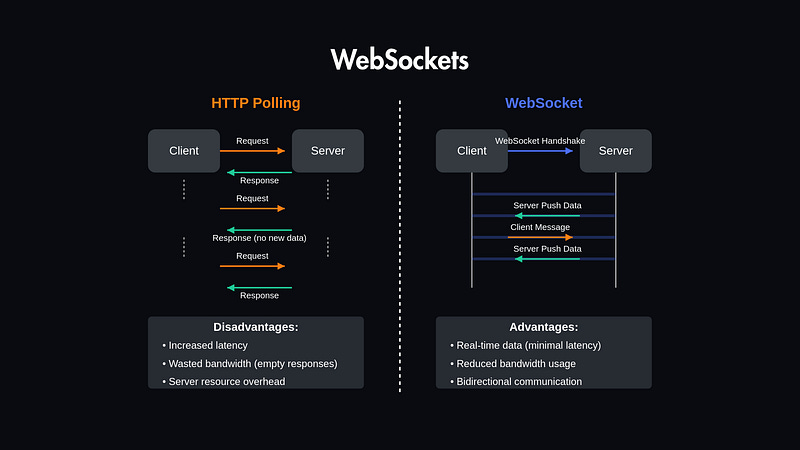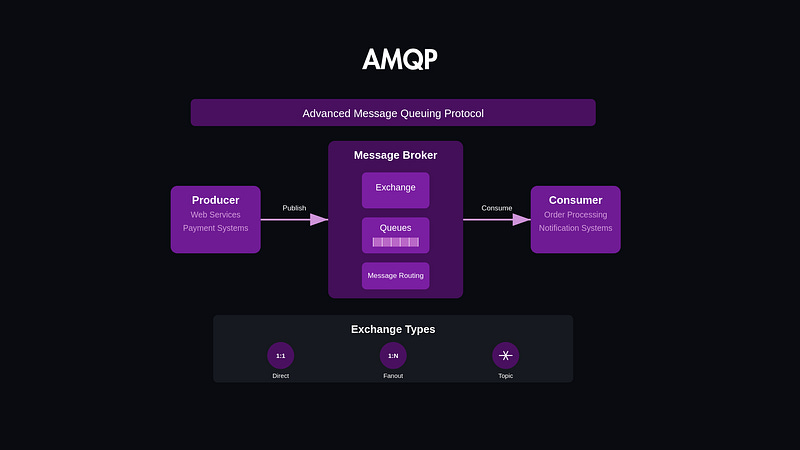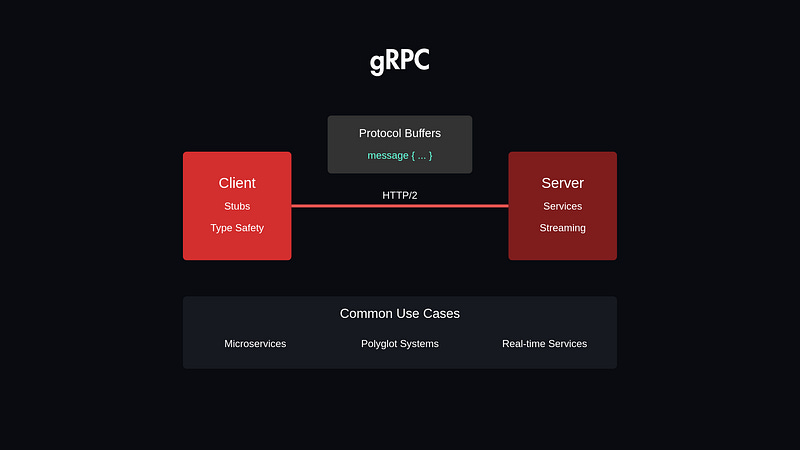API Protocols Explained: When to Use HTTP, WebSockets, gRPC & More
Learn when and why to use HTTP(S), WebSockets, AMQP, and gRPC for building efficient, scalable APIs in modern applications.
Choosing the wrong protocol for your API can lead to performance issues, poor developer experience, and unnecessary complexity.
That’s why, in this article, you’ll learn the core application-layer protocols behind modern APIs and how to choose the right one based on your system’s needs.
We’ll walk through:
The role of protocols in the network stack
HTTP and HTTPS as the backbone of web APIs
Real-time communication with WebSockets
Specialized protocols like MQTT, AMQP, and gRPC
How to decide which protocol fits your use case
The Role of Application Protocols in the Network Stack
Application protocols sit at the top of the network stack, just above transport protocols like TCP and UDP. They define how applications exchange data across a network.
Here’s what they typically handle:
Message structure and formatting
How requests and responses are made
Managing connections (persistent vs one-off)
Handling errors and retries
These protocols shape how your API communicates, whether it sends a simple HTTP request or keeps a two-way stream open for real-time updates.
HTTP and HTTPS
HTTP (Hypertext Transfer Protocol) is the standard protocol for most APIs on the internet. It follows a request-response model, where a client sends a request, and the server returns a response.
Key characteristics:
Stateless by default (each request is independent)
Text-based format using headers and body
Built-in methods like
GET,POST,PUT,DELETEUses status codes (
200 OK,404 Not Found, etc.) to communicate outcomes
HTTPS adds a layer of encryption using TLS/SSL, which protects data in transit from being intercepted or tampered with — essential for APIs that handle user data, logins, or payments.
WebSockets: Bidirectional Communication
HTTP is great for one-off requests, but not ideal for real-time features like notifications or live updates. That’s where WebSockets come in.
WebSockets create a persistent, full-duplex connection between the client and server, enabling both to send messages at any time without waiting for a request.
Use cases:
Chat apps
Live dashboards
Online multiplayer games
Collaborative editors (e.g., Google Docs)
Compared to HTTP polling, WebSockets are far more efficient, especially for systems that need constant updates.
AMQP (Advanced Message Queuing Protocol)
AMQP is a powerful protocol designed for reliable, asynchronous communication between services.
It’s commonly used in enterprise systems where messages need to be queued, persisted, routed, and delivered even if the recipient is temporarily offline. This makes it ideal for decoupled systems that rely on background processing and complex message workflows.
Enterprise-grade queuing protocol
Guarantees message delivery with acknowledgments
Supports advanced routing and transactions
Often used with RabbitMQ or Azure Service Bus
gRPC (Google Remote Procedure Call)
gRPC is a modern, high-performance framework for making remote procedure calls across distributed systems. Built on top of HTTP/2, it enables fast, efficient communication using binary data via Protocol Buffers, and supports streaming in both directions.
It’s especially popular in microservice architectures where speed and low overhead are critical.
High-performance RPC framework
Uses HTTP/2 and Protocol Buffers for efficient binary messaging
Built-in support for streaming
Perfect for service-to-service communication in microservices
How to Choose the Right Protocol
Your protocol choice should match your system’s communication needs. Here’s a quick checklist:
Simple request-response? Use HTTP/HTTPS.
Real-time updates? Use WebSockets.
Low-power or IoT environment? Use MQTT.
Need guaranteed delivery or complex routing? Use AMQP.
Fast, binary communication between internal services? Use gRPC.
Also consider client support, for example WebSockets or gRPC may not be supported in every environment.


